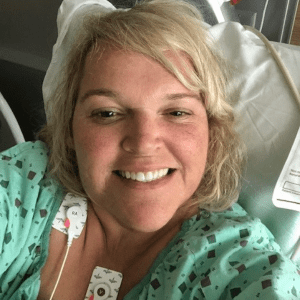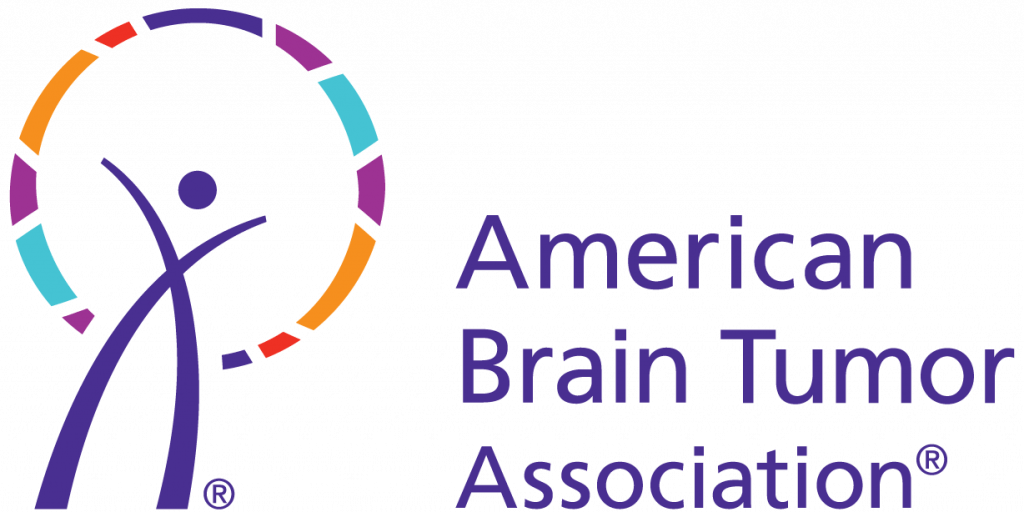Trang Nguyen, PhD says the blessing and curse of the brain and solving diseases that impact this important organ is the blood-brain barrier. This barrier is a selective and filtering border that carry blood to the brain and spinal cord tissue, but blocks the entry of certain substances, including some brain tumor treatments. To get around that, Trang pours all of her efforts into experiments that may one day be a treatment for brain tumors.
“While in the lab, conducting research, it’s not often that I get to meet patients,” said Trang. “But when I have met patients and had a chance to talk about their journey with a brain tumor diagnosis, those conversations strengthen my efforts to find an answer to this formidable disease.”
When I have met patients and had a chance to talk about their journey with a brain tumor diagnosis, those conversations strengthen my efforts to find an answer to this formidable disease.

As a postdoctoral research scientist at Columbia University Medical Center, she and her colleagues are studying the effects of two drug compounds against glioblastoma multiforme (GBM). As one of the most aggressive tumors accounting for 17% of all brain tumor diagnoses in a given year, her efforts are necessary to unravel the mysteries of this hard to treat disease.
In 2019, she was the recipient of the ABTA Basic Research Fellowship for her research project, “LXR agonists combined with BH3-mimetics as a novel treatment for glioblastoma,” where she received a two-year $100,000 mentored grant that supports postdoctoral fellows who are conducting brain tumor research. Her research evaluated a combination therapy of two drug compounds, BH3-mimetics drugs that antagonize anti-apoptotic BCL-2 family proteins, resulting in apoptosis induction in cancer cells and a class of cholesterol-lowering drugs that have shown to be an effective treatment for GBM in preclinical studies. Trang and her colleagues are studying how the drug combination mechanism works. With the results of these studies, they will propose clinical studies involving this novel drug combination.
“I’m truly lucky to receive the ABTA grant. It has provided the opportunity to strengthen our collaboration with other labs at Columbia and support the acquisition of much needed lab materials, supplies, and MRI imaging,” said Trang. “From this effort, we were able to leverage additional GBM research models to enhance our project.”
This enhanced research partnership has led to an expansion of Trang’s study as well as the opportunity to share this research with other medical professionals and researchers through the publication of this study in two highly regarded journals.
Beyond Brain Tumor Breakthroughs
The ABTA is dedicated to funding research that has the potential to change the lives of people impacted by brain tumors and “seed the field” with promising up-and-coming researchers in the brain tumor landscape. To date, the ABTA has awarded nearly $33 million in brain tumor research for adults and children.
Learn more about the ABTA Research program and available grant opportunities.








